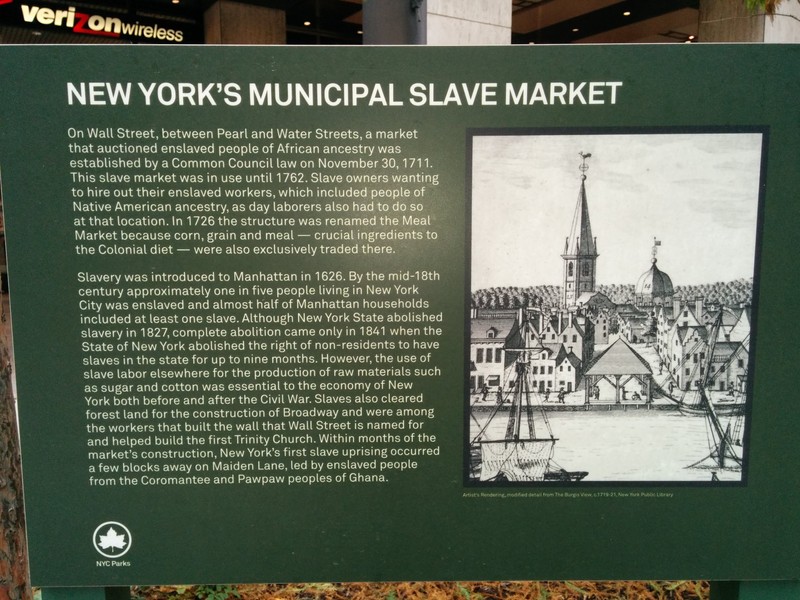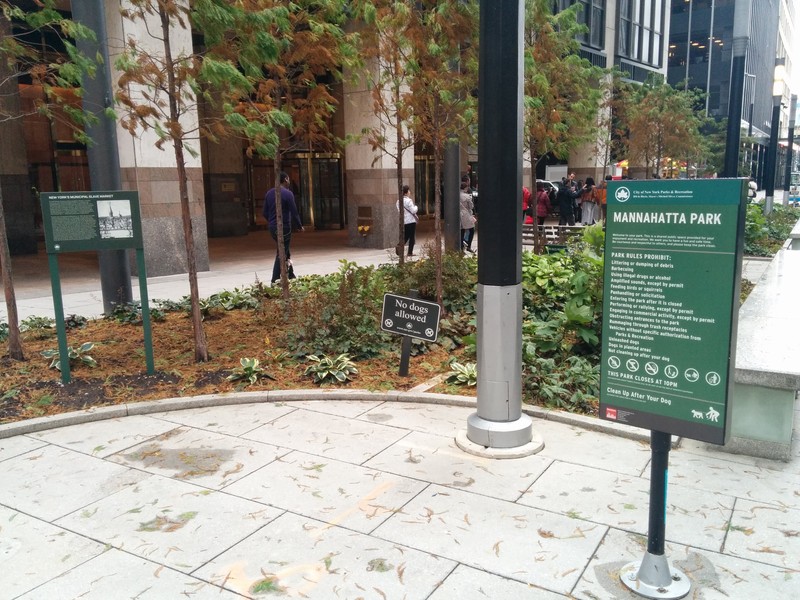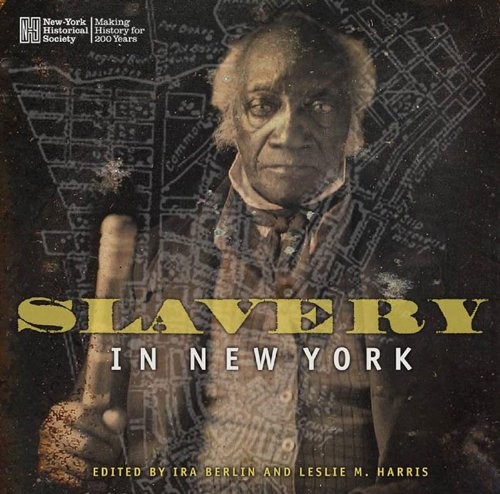New York City Slave Market
Introduction
Text-to-speech Audio
Images
New York's Municipal Slave Market plaque

Mannahatta Park, where the plaque resides

Learn more about slavery and abolition in New York City with Eric Foner's recent best-seller, available below.

This book from Bancroft Prize winner Ira Berlin includes images from the New York Historical Society's acclaimed exhibit, "Slavery and the Making of New York."

Backstory and Context
Text-to-speech Audio
Most people, even
those living in New York City, are unaware that a slave market used to exist at
the heart of Wall Street. The arrival of slaves began around the time
that the Dutch founded the city they called New Amsterdam. During the 1700s,
the city’s dependency on slave labor began to wane, and slaves were
increasingly found on the streets of New York City, looking for work. The
white citizens of the city begin to protest the mingling of white people and
slaves, arguing that this could result in a slave uprising. In response
to the protest, on December 13, 1711, the Common Council, an earlier version of
the present city council, passed a law that opened the city's first slave
market at the intersection of what is currently Wall Street and Water
Street. The market was to be a place where people could hire, buy, and
sell African Americans and captured Indians. The law was passed to keep
order, and to create a source of revenue by taxing the sale of every slave that
entered the market.
The market, which operated from 1711 to 1762, stood a few
blocks away from the East River waterfront, where ships would unload the slaves
at wooden piers and then Europeans would march the slaves to the market.
During these years, the market sold men, women, and children. Most female
slaves performed domestic tasks, while the male slaves that remained in New
York City were forced to work on the construction of roads and buildings such
as City Hall. By 1726, the market was renamed the Meal Market because it
was the only place to sell corn, grain, and meal. Eventually, the
building was torn down like many other buildings because it was blocking a good
view of the East River and lowering the value of real estate.
Recently, the city decided to officially acknowledge the
existence of a slave market in lower Manhattan. As part of the
commemoration effort to the contributions that the African Americans made, a
marker was unveiled on June 19, 2015. This day is also known as Freedom
Day, and dates back to when the African Americans were emancipated both in
Texas and in the Confederate states.
